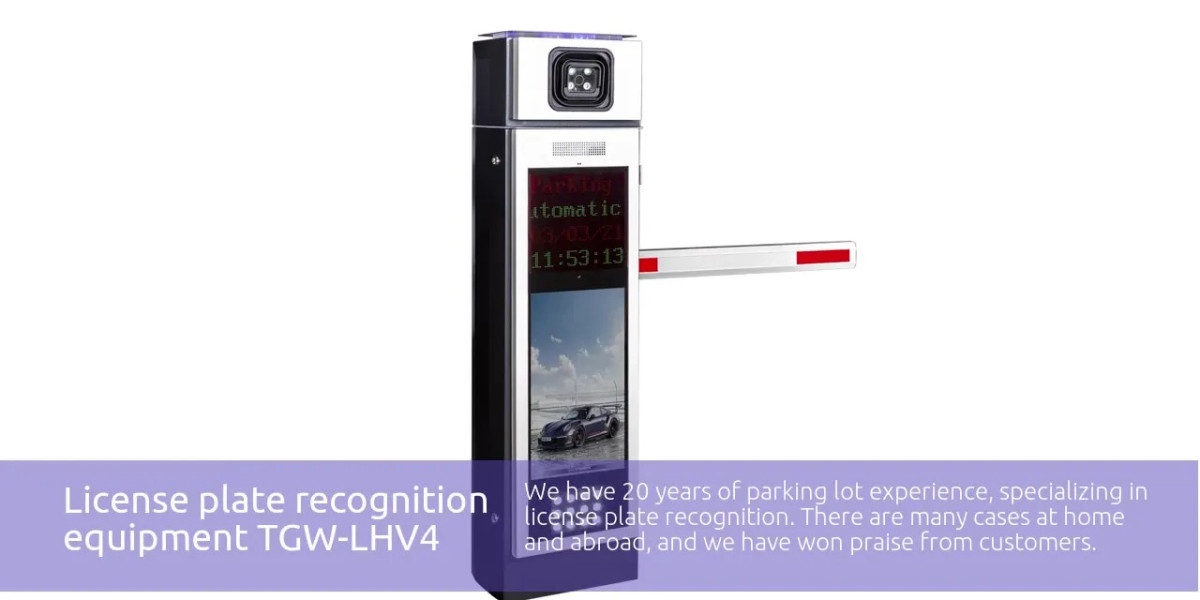In the contemporary landscape of surveillance and security management, Automatic Number Plate Recognition (ANPR) technology has emerged as a pivotal tool. ANPR systems are designed to automatically read and process license plates, enabling efficient monitoring and management of vehicular traffic. However, modern ANPR solutions have evolved to incorporate a variety of customizable alerts and security features that significantly enhance their functionality and effectiveness. This paper aims to explore the advancements in customizable alerts and security features within modern ANPR systems and their implications for security and traffic management.
The Evolution of ANPR Technology
Initially developed as a means to assist law enforcement in identifying stolen vehicles and monitoring traffic violations, ANPR technology has evolved dramatically in response to the increasing complexity of urban environments and evolving security needs. The integration of artificial intelligence and machine learning has allowed for enhanced accuracy and speed in license plate recognition parking systems. This evolution has paved the way for the incorporation of customizable alerts and advanced security features that are tailored to meet the specific requirements of various organizations, including law enforcement agencies, parking management firms, and public safety authorities.
Customizable Alerts
One of the most significant advancements in modern ANPR solutions is the implementation of customizable alerts. These alerts enable users to define specific parameters and conditions under which notifications are triggered. For instance, an organization may choose to receive real-time alerts when a licensed plate associated with unpaid fines or a stolen vehicle is detected. Such functionality allows for immediate action, enhancing preventive measures against crime and ensuring compliance with local regulations.
Moreover, customizable alerts extend beyond just identification. Modern ANPR systems provide users with the ability to set parameters based on time, location, and frequency, allowing organizations to receive alerts for specific scenarios that are most relevant to their operations. For example, a security firm responsible for a commercial property can configure the system to send alerts when a vehicle is detected within restricted zones during non-business hours. This level of customization ensures that security personnel can respond promptly to potential threats while minimizing unnecessary alerts that could lead to alert fatigue.
Enhanced Security Features
In addition to customizable alerts, modern ANPR solutions incorporate various enhanced security features that contribute to their effectiveness as a security tool. These features often include robust data encryption protocols to protect sensitive license plate information from unauthorized access. The storage of licensed plate data, which may contain personal information about vehicle owners, is subject to stringent data protection laws. Therefore, ANPR systems must employ advanced encryption techniques to safeguard this data, ensuring compliance with legal standards and maintaining public trust.
Furthermore, many ANPR solutions now integrate advanced analytics capabilities that allow users to detect patterns and trends in vehicle movement. For instance, by analyzing historical data, security teams can identify suspicious behaviors, such as repeated visits by the same vehicle during unusual hours. The ability to discern these patterns provides security teams with valuable insights, enhancing their situational awareness and allowing them to allocate resources more effectively.

Integration with Other Security Systems
The efficacy of customizable alerts and enhanced security features in ANPR solutions is further amplified when they are integrated with other security systems. For instance, ANPR technology can be seamlessly linked with surveillance cameras, alarm systems, and access control systems. This synergy allows for a comprehensive security framework that responds to detected threats in real-time. When an ANPR system identifies a vehicle of interest, it can instantly trigger other security measures, such as activating surveillance cameras to capture footage of the vehicle or notifying law enforcement authorities.
This level of integration not only enhances the responsiveness of security personnel but also creates a more unified approach to threat management. By consolidating various security measures into a cohesive system, organizations can streamline their operations and improve overall security effectiveness.
Conclusion
In conclusion, the advancement of customizable alerts and security features in modern ANPR solutions marks a significant leap forward in the realm of vehicular surveillance and security management. The ability to tailor alerts based on specific parameters, coupled with enhanced security measures, empowers organizations to respond proactively to potential threats. Moreover, the integration of ANPR systems with other security tools creates a comprehensive security framework that maintains public safety while ensuring compliance with legal standards. As technology continues to evolve, the potential for ANPR systems to further innovate and enhance security practices remains vast, positioning them as indispensable tools in the ongoing pursuit of safety and efficiency in urban environments.








